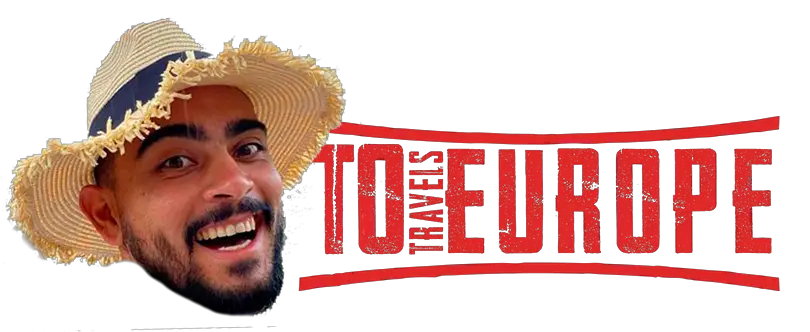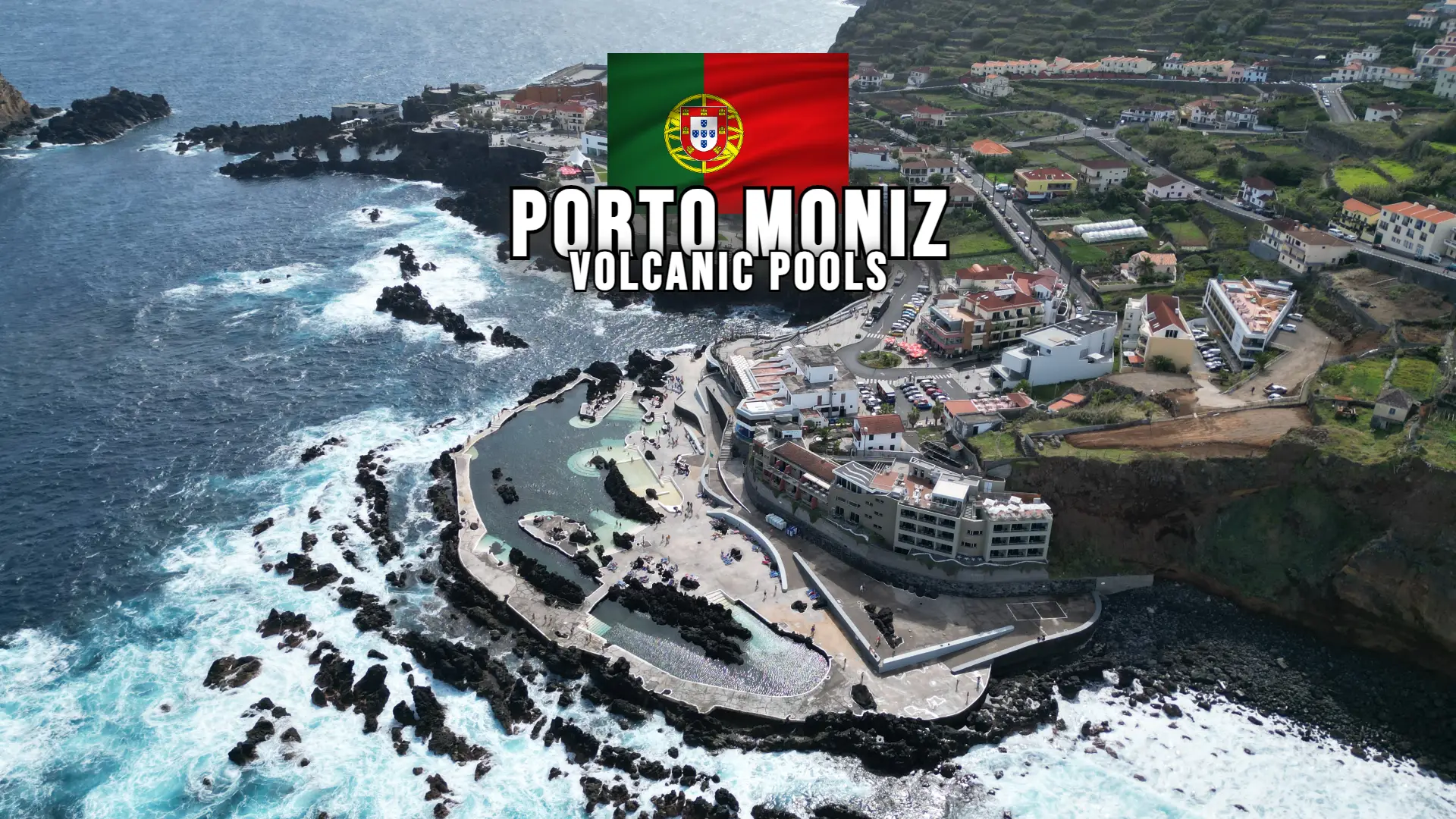According to UN forecasts, in 2050 the world will have 9.7 billion inhabitants, whereas in 1950 there were only two and a half billion.
This population growth increases the need to build more and more cities and infrastructures, which increasingly reduce rural areas. With more people and less planting area, the bill simply does not add up. Faced with this scenario, it is normal to wonder how to feed more and more people with fewer and fewer resources available.
Agriculture in the Netherlands and the World
The Netherlands is currently one of the world’s largest food exporters. In recent decades, the country is second only to the United States in the list of the world’s largest exporters of agricultural products, even though it has an area 235 times smaller than the North American country. Although the figures hide a secret that we will tell a little further on, the development of Dutch agriculture is admirable and can serve as an example for many countries in the world.
To better understand the issue we will go back in time to learn a little about the history of the Netherlands of the difficulties faced by its agriculture and the measures adopted to solve the problem.
Netherlands Below Sea Level
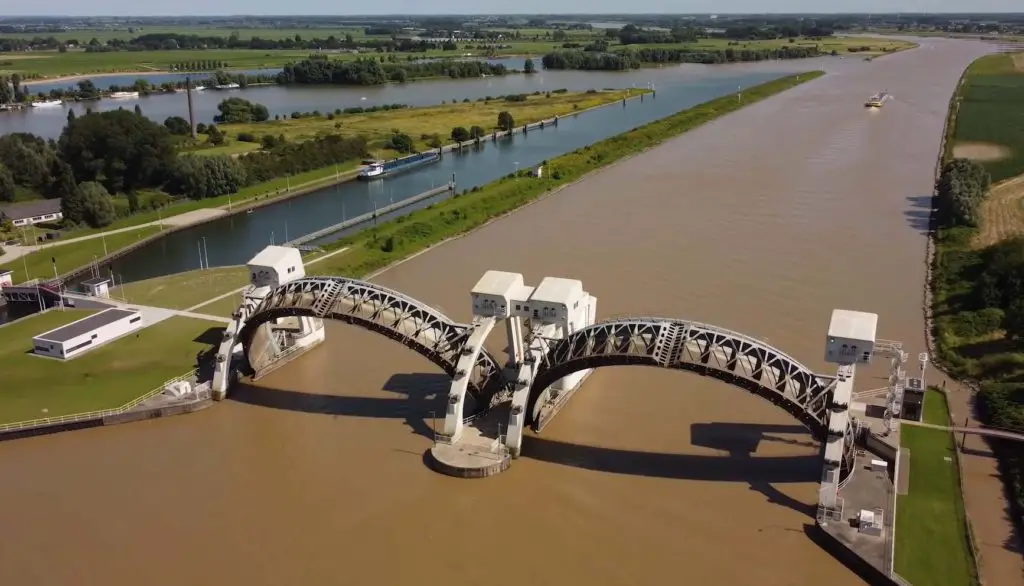
Holland is a country that had all the reasons in the world not to develop its agriculture, in this country, everything is disadvantageous for farmers. As we have already said, it is an extremely small country and has an aggravating factor, about 25 percent (25%) of this territory is below sea level, at its deepest point the country is almost seven meters below sea level.
To prevent the sea from invading part of the country and further reducing its territory, a complex system of dykes, canals, and pumping stations was developed. Also playing against Dutch agriculture was the country’s high population density and perhaps the main challenge facing the country’s economic success.
The World’s Oldest Stock Exchange
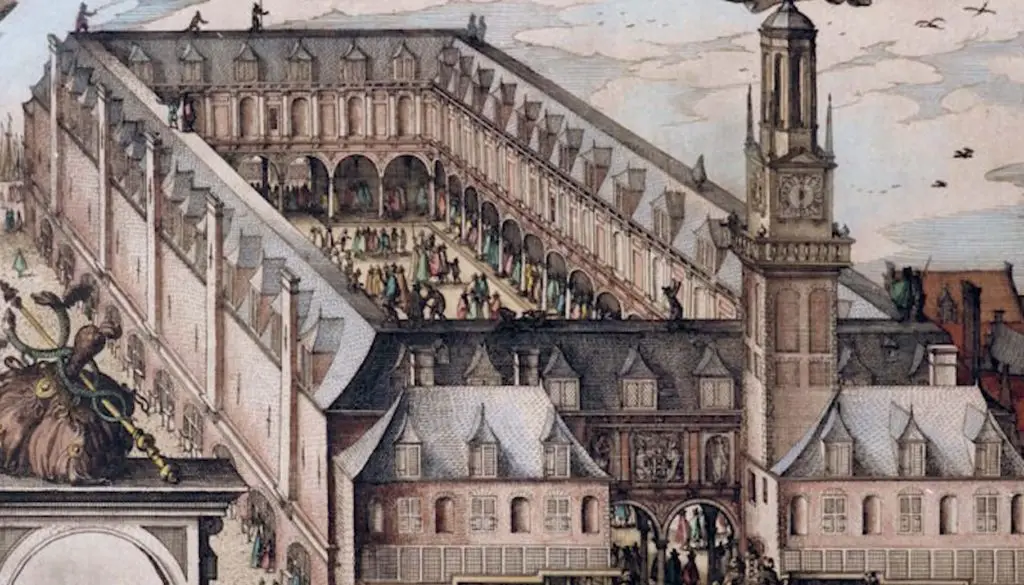
It is really difficult to understand how the success of a country can be a hindrance to the development of a sector, but in the case of Holland and it happened. We are talking about one of the richest and most developed countries in the world, since the 17th century the Dutch are known as a commercial and maritime power, even the oldest stock exchange in the world was founded in Amsterdam in 1602.
In the 1970s the country was still one of the most developed economies in the world, boasting world renowned companies such as Shell, Heineken, Airbus, Philips among others. With so many Big Companies offering job vacancies it is not hard to imagine that young people were abandoning country life to make a career in one of the country’s many multinationals. It was simply impossible for farmers to my labour in the countryside. We are already here several problems and there are still some more, like the fact that the country has only small properties, on average a Dutch farm has only 7 hectares. In Brazil, according to the last agricultural census, the average area of a rural property is approximately 83 hectares, more than 10 times the size of a Dutch property.
The difference in size allows for the dilution of equipment acquisition costs and enables the use of means that generate less costs, such as the use of aeroplanes for the application of inputs. Brazil’s sense also points out that most of the large properties are in the hands of a few business groups, which makes large-scale investment even easier. With so many difficulties and with the strong one due to the big companies, maybe you’re wondering if it wouldn’t be better to stop producing food, concentrate on producing high added value products and start buying food from other countries.
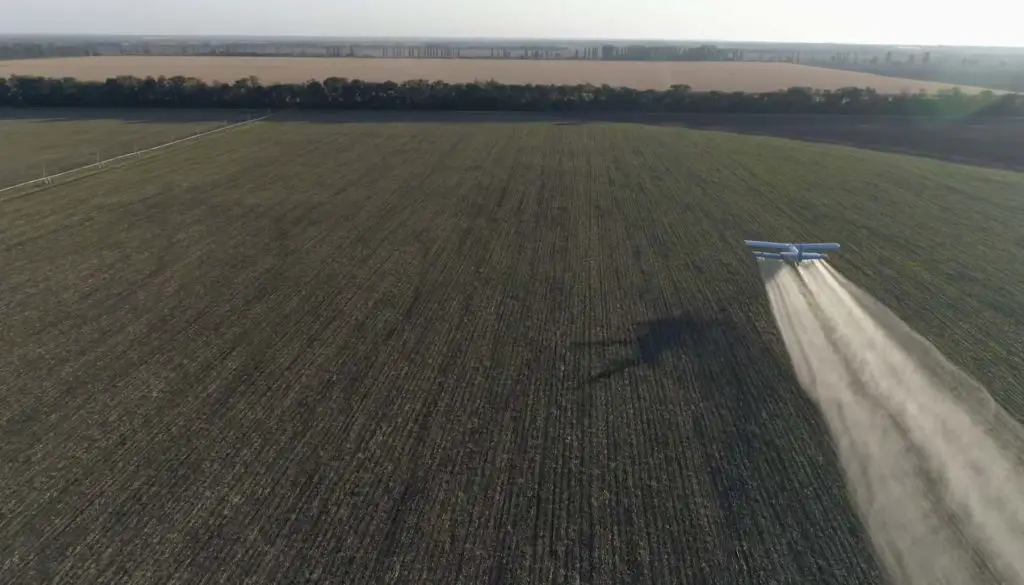
This could have been an option if the cattlemen and farmers were willing to leave their activities, but this was not the case and the producers’ associations put pressure on, and the government was forced to draw up a plan for agriculture in the country, and in this being Europe, you must be thinking that the solution was to subsidise agriculture, very normal for a country belonging to the bloc that invests billions every year and subsidies to its farmers.
What’s Different About Dutch Agriculture?
But in the case of the Netherlands, the country is far from being one of the largest consumers of these resources, if compared with the subsidy allocated to Italy, France and Spain, the country keeps only a small part and on the other hand produces much more than these countries.
But then what has been done to turn the game around?
Because of the high wages the Dutch products became more expensive than the products of its main competitors, and to solve this issue the government opted to increase productivity, only by producing more and spending less the country would have a chance to be competitive, the goal was used to produce twice as much with half the resources.
Food Valley and the Dutch Food Development Centre
The starting point of this project was Wageningen University. The project adopted was similar to what was happening in the United States, with Silicon Valley, but in the Netherlands it was called food valley.
If in California, Stanford University was responsible for developing several technologies in the field of electronics and communication, besides training highly qualified labour for the companies installed in the Valley, in Holland it happened the same, but focused on agriculture. The university has a funding model that involves the government, its own funds and private initiative resources, being considered the best agricultural research centre in the world. It is a university that does not have any courses that are not linked to agriculture and attracts students from all over the world, so much so that the official language of the campus is English.
The link between universities and companies, besides increasing the resources allocated to research, directed research to solve the biggest problems and also allowed greater agility in the implementation of the technologies and methods developed.
And the result of all this?
Innovation and Technology for Tomato Production
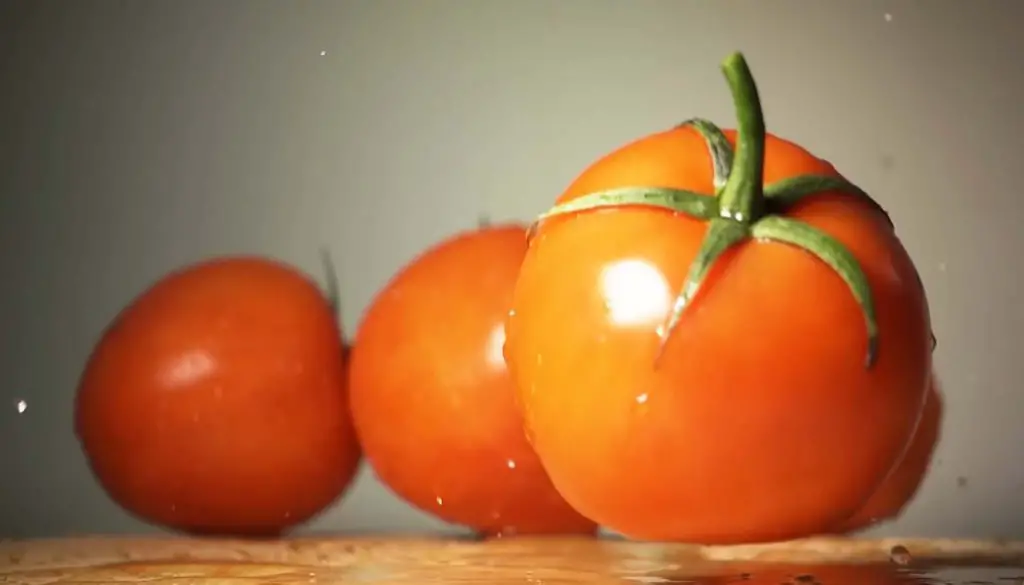
At this University a system was developed that uses LED lamps in greenhouses, this technique allows to create a microclimate inside the greenhouses that is controlled millimetrically. This technology has allowed Holland to become one of the world’s largest producers of tomatoes, a cultivation that due to the country’s conditions would have been impossible until some time ago.
Still talking about tomatoes and studies, in other producing countries, to produce 1kg of tomatoes you need up to 200 litres of water, but in Holland, the most recent experiments are already able to reduce the amount of water needed to only 9 litres, which means economic and ecological gains.
Another strategy that the Netherlands adopted, attitude and other countries of the European Union, was the way of applying resources. As we said before, the European Union gives a lot of money to its farmers through a programme called Common Agricultural Policy, which injects billions of euros every year, both in the form of subsidies and in the distribution of money to improve the means of production. In the other countries of the European Union there are agencies dedicated to pass on this money to farmers and ensure the application of resources. With this type of support, investments are made in exactly the right equipment and at a lower cost.
Why Dutch Agriculture is Efficient
All these efforts and investments have transformed Dutch agriculture and livestock. Today the country has techniques that allow preventing herd diseases and thus reduce the use of antibiotics in animals. The same happens with the plantations, with the use of drones, farmers can control the planted area in a more efficient way, being aware of the appearance of pests and acting in a localised manner, without having to adopt measures for the whole plantation. These measures generate a reduction in the use of pesticides and lower production costs.
The Rotterdam Effect
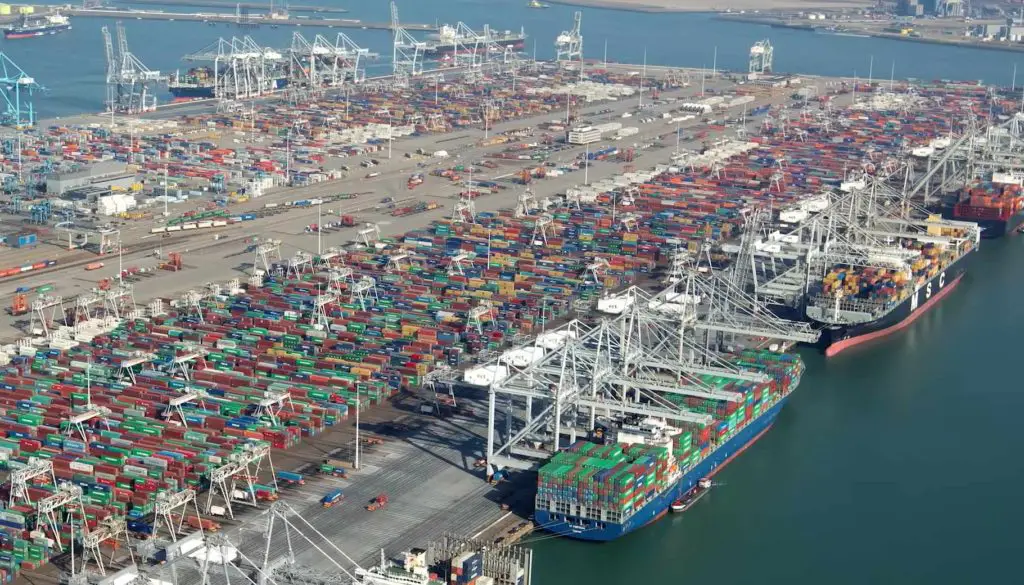
All the measures adopted gave more than satisfactory results, the Netherlands reached the second place in the world in food exports, with more than 95 billion euros exported. However, it is common to find studies and videos pointing only the value of agricultural exports, however, we must inform that not all these foods are produced in Holland. Being a country with a strong trading tradition and having some of the most important ports in Europe, part of the production of other countries ends up leaving these ports and the value of these goods enters the Dutch account.
Some specialists call this situation the Rotterdam Effect, in reference to the largest port in Europe, which is located in the city of Rotterdam and is used to dispose of a large part of these products.
Exporting Agricultural Technology to Several Countries
The harvest from all these adopted policies goes beyond the field, the Netherlands is currently becoming an exporter of all its agricultural technology, countries like UAE and Singapore are adopting Dutch technologies for cultivating fields and building urban farms.
All these exports become a source of revenue for the country and contribute to the improvement of the gross domestic product.
For the country to promote integration between universities and agribusinesses focusing on research that can be applied on a large scale and can improve our agriculture by consuming fewer resources, it is also necessary to take into account the actions that need to be taken from the farm to the outside.
